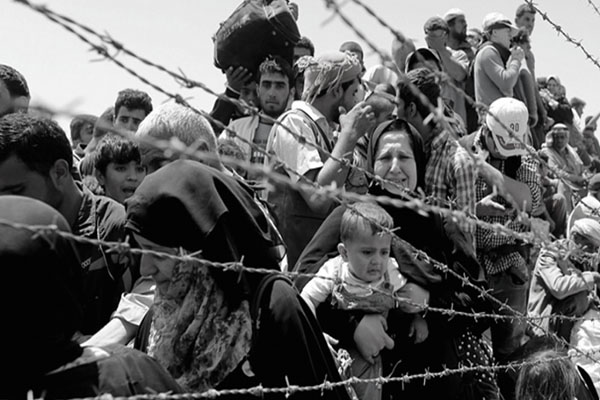Property prices across almost all the 28 EU member states have increased and have grown faster than incomes.
The price correction of the post-2008 era fizzled out due to zero interest rate policy by the global central banks. The price-income ratios are still not back in line, effectively creating another debt-fuelled housing bubble.
The latest data available for poverty in the EU highlights that more than a third of the population is at risk of poverty or social exclusion in five EU Member States: Bulgaria (48.0 %), Romania (40.4 %), Greece (35.7 %), Latvia (35.1 %) and Hungary (33.5 %). At the other end of the scale, the lowest shares of persons being at risk of poverty or social exclusion were recorded in Sweden (16.4 %), Finland (16.0 %), the Netherlands (15.9 %) and the Czech Republic (14.6 %).
Housing is of course by far the most income-consuming expenditure, followed largely by heating and food.
27.6% of children and 18.3% of pensioners in the EU now live in poverty. By contrast as Global Research mentioned in a report on Libya “In 1967 Colonel Gaddafi inherited one of the poorest nations in Africa; however, by the time he was assassinated, Gaddafi had turned Libya into Africa’s wealthiest nation. Libya had the highest GDP per capita and life expectancy on the continent. Less people lived below the poverty line than in the Netherlands.”
The Netherlands has experienced a sharp rise of poverty in all demographic groups in recent years which says something about Gaddafi and also about the policies of EU member states.
The poorest in the EU now spend over 40% their income on a roof over their head. This does not include those nations under the brutality of the Troika-enforced austerity programme such as Ireland, Spain, Portugal and poor old Greece, where 40% of the entire population now find themselves in total poverty and experiencing a crisis of daily life courtesy of the banks.
The EU buries it head on the matter. It does not undertake periodic large-scale surveys designed to understand the extent and characteristics of their homeless populations. Census data from 2011 were inconsistent or were not collected, making the generation of an EU-level homelessness figure based on census results impossible.
The European Observatory on Homelessness determined that in five nations; Denmark, Germany, Netherlands, Sweden and France, there was an average increase in homelessness of around 26% in just three years to 2013 giving some indicator of scale, particularly as all five are considered wealthy nations with strong welfare systems. England saw a 37% increase in people sleeping rough due to welfare cuts.
Add To The Conversation Using Facebook Comments
Source Article from http://feedproxy.google.com/~r/pakalert/~3/p7UXqCWtT78/
Related posts:
Views: 0
 RSS Feed
RSS Feed

















 November 25th, 2015
November 25th, 2015  Awake Goy
Awake Goy 
 Posted in
Posted in  Tags:
Tags: 
















